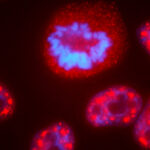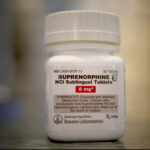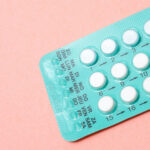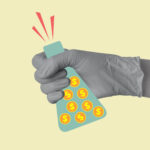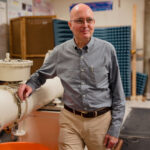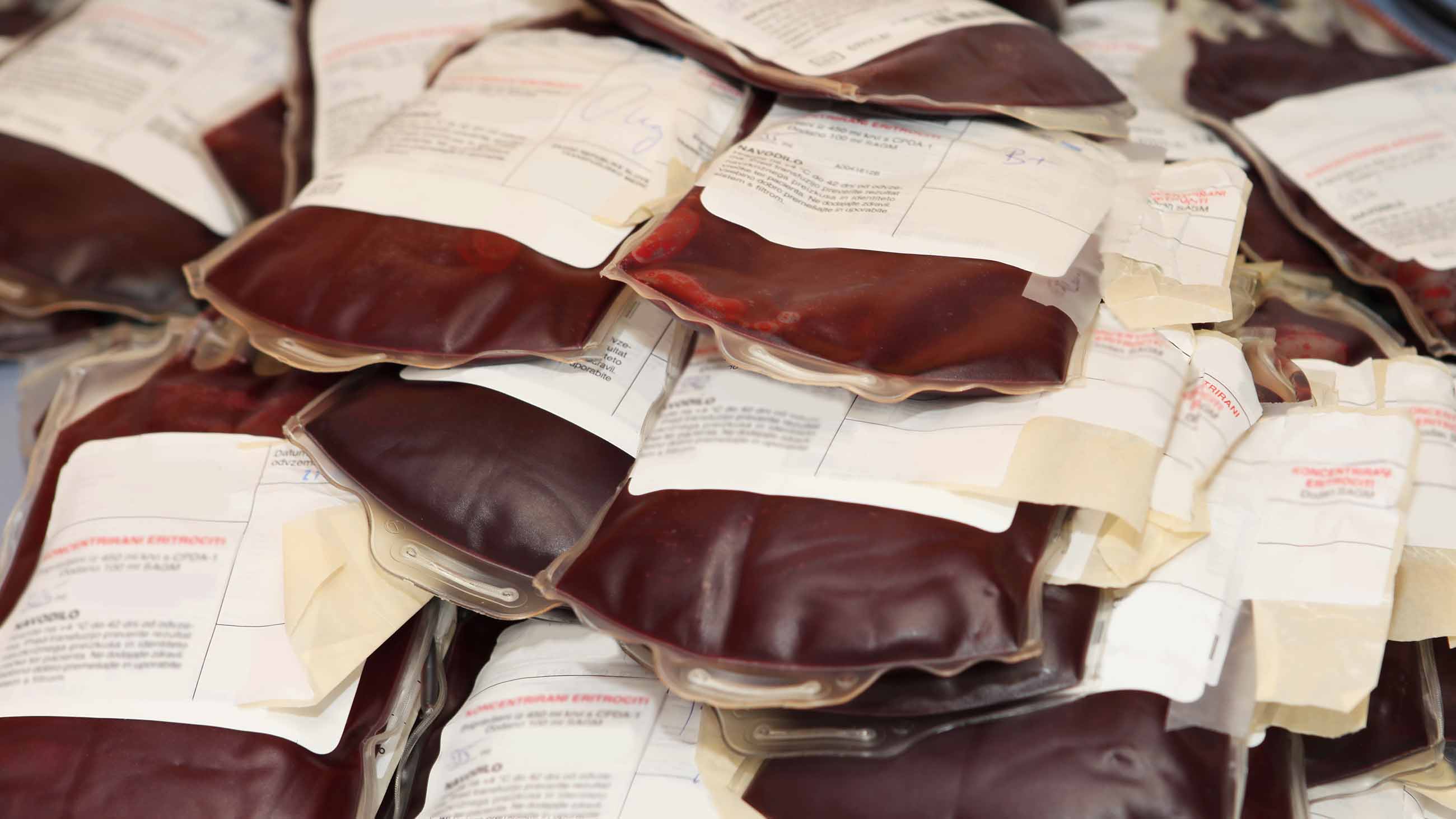In China’s Henan Province in the mid-1990s, “blood heads” offered rural peasants an enticing deal: they would extract their blood for cash, take only the plasma and give back the red blood cells. But unhygienic equipment and the pooling of blood from multiple sellers resulted in epidemic levels of HIV and hepatitis infection. Some estimate that more than one million people died from diseases spread through these schemes. Even though the practice became illegal in 1998, chronic blood shortages mean a black market for blood persists in China today.
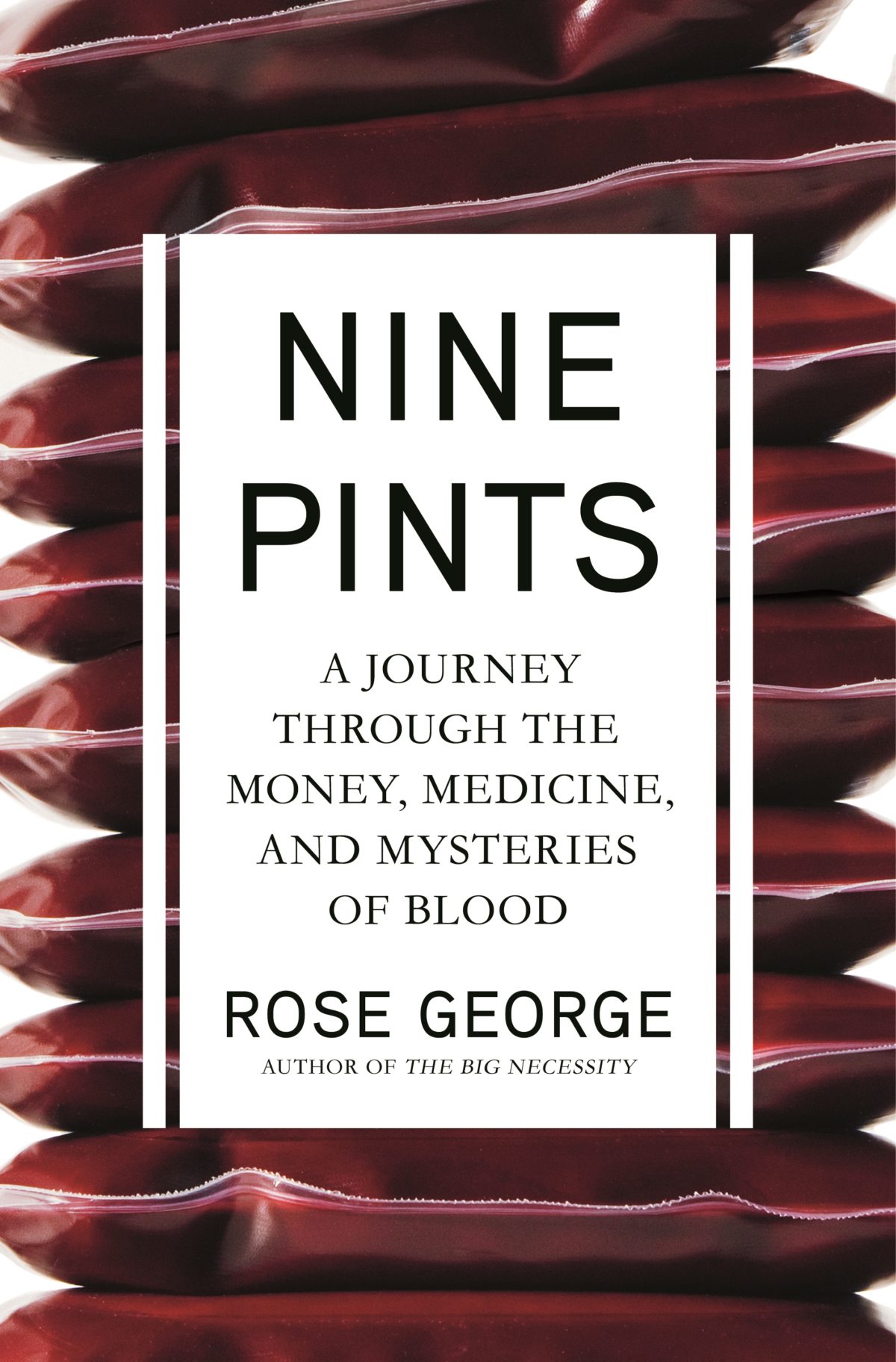
BOOK REVIEW — “Nine Pints: A Journey Through the Money, Medicine, and Mysteries of Blood,” by Rose George (Metropolitan Books, 368 pages).
In the United States, 11 million liters of plasma are collected annually, mostly through paid donors, leading a chief executive of a blood bank network to call America “the OPEC of plasma.” Yet our plasma collection centers are disproportionally found in socially disadvantaged places at high risk for both drug use and blood-borne infections. Border cities in particular — one touted as the place “where yee-hah meets olé” — attract plasma sellers from Mexico, including intravenous drug users infected with hepatitis C. Questionnaires to screen applicants do little good when the poor and destitute have financial motivation to lie.
In “Nine Pints: A Journey through the Money, Medicine, and Mysteries of Blood,” British journalist Rose George wrestles with the social, moral, political, and economic dilemmas that surround blood. While the plasma industry insists that paying for the product is necessary to ensure supply, George cheekily suggests that the last 40 years of scandals in the plasma industry would make a good James Bond film.
Beyond plasma, the eight other chapters — for there are nine pints of blood in the average female body — are disparate in topic but unified in being engaging and effective. George leverages a staggering amount of detail, bringing it together fluidly so that the text courses and pulses with life, making even seemingly tangential facts somehow flow with her writing.
For example, for unknown reasons, processing turns the plasma of women taking hormones green. Unable to provide cash, blood donation agencies have tried to lure donors with food, football tickets, frozen desserts “(in a Ben & Jerry’s-sponsored initiative called A Pint for a Pint)” as well as haircuts and gym membership for a day. The various euphemisms for menstruation are “all just part of a linguistic scaffolding of shame and secrecy,” and she notes playfully that menstruation is only found in a few types of animals, including Desmodus rotundus “which I cite because it is a vampire bat, and its name means ‘two-thirds of the way around.’” George is a master at sparking curiosity, and I was grateful for her thorough research and clear citations.
Her writing is generally exquisite. Like her previous book about human waste, “The Big Necessity,” George effortlessly obliterates the artificial boundary between the science and the social. Take leeches, about which she said on the radio show “Science Friday,” “I’m very fond of them, although I don’t really like picking them up.” George details how scientists study them and how, if not watched, they can later be found all over a patient’s room. She dives deeply into their little-known aspects, interviewing Irish nurses working on wards who use leeches despite little training, as well as those who collected them in medieval Europe — like the plasma sellers of today, they were generally poor and marginalized, sacrificing their blood for marginal sums.
Examining blood globally, George explores taboos surrounding menstruation, revealing how long-held traditions and beliefs about periods lead to the exclusion of young girls in Africa and Asia. Some leave the classroom worried they are “dirty and smelly”; others won’t stand up in class in fear that their clothes are blood-stained, the light-colored uniforms of hot countries only adding to this fear. When school bathrooms do not have doors or running water, pads will not solve the problem, so “we go to the toilet,” one girl told George, “then we eat with shit or blood on our hands.” And this is not just a developing-country issue, as women’s prisons in the United States frequently limit access to tampons and menstrual pads, George argues, as “a far cheaper weapon of control than a firearm.”
As in her previous book, George argues that candid discussions are required to address the economic and social problems that arise from managing bodily functions like periods or defecation. I was a sexual health educator and am now a physician, yet I was still surprised at how much I learned both about menses and the industry of “feminine hygiene” (a phrase George pillories) through the eyes of Menstrual Man, the nickname given to an Indian man nicknamed Muruga, and his efforts to develop a low-cost sanitary pad.
But George does not offer platitudes or easy solutions. She has read the scientific literature, which raises more questions than answers. She cites a study of schoolgirls in Uganda finding that three interventions — sanitary pads, puberty education, or both — all led to students staying in school at nearly equal higher rates. She relays heartfelt quotations from women in Jamu in western Nepal who firmly believe in traditional practice of chaupadi, where menstruating women are separated from society during their periods. These women see it as a duty, not a burden, so it is no surprise mother-in-laws and other matriarchs enforcing the tradition are ultimately oppressing young women.
George also provides a small window into her own menses and endometriosis. In recounting her mortifying experience of her menstrual fluid inadvertently staining a silk pillow in an Indian restaurant in Paris, she both tears down taboos of silence surrounding menstruation and bridges our world to that of Nepalese girls in chaupadi and schoolgirls afraid to stand in class, making their fears seem familiar.
Other chapters, like one about HIV in South Africa, may be less poignant, not due to George’s writing but because she is covering well-trodden ground. Still, George vividly highlights how HIV is not only a blood-borne illness but a social disease. The machismo of men who take pride in the number of women they sleep with drives the epidemic, as do women who say they don’t really like men who behave that way but have “backup boyfriends” just in case. Condoms are often avoided. Safe sex is much less of an option when economics drives many women to accept gifts, often with strings attached, from wealthier older men.
In one chapter tracing the work of Janet Vaughan, a scientist and anemia expert, George’s writing occasionally veers toward the hagiographic. Even so, it’s somewhat justified, considering that Vaughan ran the northwestern depot of the Army Blood Transfusion Service in World War II, ultimately leading to the construction of the British national blood donation system.
In this case, George’s moral values may seem heavy-handed — socialists like Vaughan are good, paying for blood and plasma is bad. While I mostly agree with George’s British sensibility that mixing capitalism and health is anathema, it can, at times, seem predictable and repetitive. Still, for American readers accustomed to the false balance of ‘both sides’ journalism, George’s “Yorkshire plain-speaking soul” is refreshing. Agree or disagree, she makes a convincing case in her well-grounded opinions.
After a gripping tour of blood’s past and future, I was most haunted by the present, where in parts of Canada and the United States you can still sell your plasma for about $20 to $50 per sale, up to twice a week. China has the second biggest plasma industry in the world today after the U.S. While noting that plasma is as safe as biological products can be, George asks “How safe is safe?” In the end, she adds, “we can’t protect ourselves fully from what we don’t know is coming.”
Villagers in Henan would probably agree.
David Scales (@davidascales) is an internal medicine physician at New York Presbyterian and an assistant professor at Weill Cornell Medical College.


